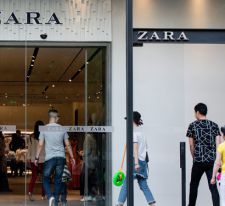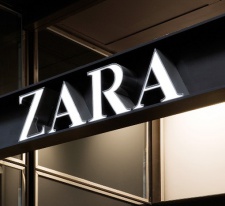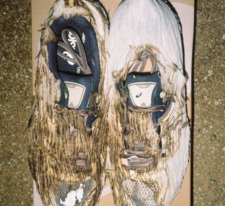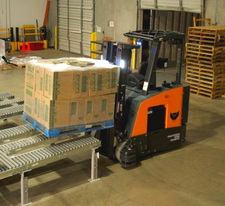ZARAZHENNYE
The modernized production and inventory procedures, the installation of a new computer product accounting program that connected stores and an expanding network of production points, protected the company from risks and financial losses, from the production and storage of a large amount of returnable goods. It would seem that the ZARA strategy contradicts the principles by which supply chains are built in modern business. So, unlike many clothing suppliers who actively use outsourcing, she manufactures almost half of her products independently. At the same time, it does not seek to maximize its volumes, consciously maintaining free production capacity. In addition to the fact that ZARA is engaged in design, storage, distribution, it also independently carries out logistics. It was efficient logistics that contributed to its success to a large extent. The fact that the company manufactures clothes not in China, but in Eastern Europe and Turkey, allows it to save on transportation costs, reduce risks, and most importantly, reduce delivery time.

In ZARA, speed and synchronicity of operations are of paramount importance. Retailers have strict schedules for placing orders and receiving goods. Price tags for products are attached not in the store, but during shipment of the batch. The company calmly, or even with approval, refers to the fact that there is a shortage of goods at points of sale from time to time. In the stores ZARA the buyer always finds attractive new items. The assortment was updated every two weeks, but in very limited quantities.
He is provoked in some way, creating a sense of elusive exclusivity: "The dress is great, and it suits me, but it is only in one copy. If I don't buy it now, there won't be another chance."
It took more than a year or two to create such a flexible and change-sensitive system. But thanks to her, by 1989, the number of ZARA stores in Spain already numbered about a hundred. A year before, the first foreign branch was opened in the Portuguese city of Porto, and then in the USA. By that time ZARA was already part of the holding Industria de Diseno Textil, S.A., or INDITEX, created by Ortega in 1985, where other brands were represented along with it. By the end of the 1990s, INDITEX had become the largest multinational clothing company in Spain and one of the largest in the world. Only the American Gap and the Swedish Hennes & Mauritz AB(H&M) were ahead of her. By this time, the holding had significantly expanded its expansion not only in Europe, but also around the world. Here is a chronicle of this development: 1990 – a store opens in France, 1992 – Belgium, Sweden and Mexico, 1993 – Greece, 1995 – Malta, 1996 – Cyprus, 1997 – Japan and 1998 – Argentina, Great Britain and Venezuela. Although most of the stores that opened belonged to INDITEX, in some markets, such as the Middle East, agreements were concluded with local distributors on the rights of franchise buyout. By 2000, ZARA stores had appeared in Germany, the Netherlands and Eastern European countries. Today there are already 1671 of them and they are located in 86 countries of the world. In six countries that bring the company 40% of revenue, in particular, in Germany, Great Britain, France, Italy, Spain and Portugal.

ZARA is also actively developing online commerce. INDITEX plans to launch online clothing sales in China as well. It is worth noting that the company has significantly expanded its presence in the Chinese and other emerging markets. This allowed it to reduce its dependence on the Spanish market in the current, not the best of times, when retail sales of clothing and footwear in the EU countries are declining, and to increase its profit by 30% in the first quarter of this year, bringing it to 432 million euros. And to the founder of the company – Amancio Ortega – managed to become the richest European, whose personal capital, according to the rating of the Bloomberg agency, which daily recalculates the fortunes of the twenty richest people on the planet, amounted to $ 39.5 billion in 2012.
To be continued
Author: Igor Mamin
Photos provided by the author










